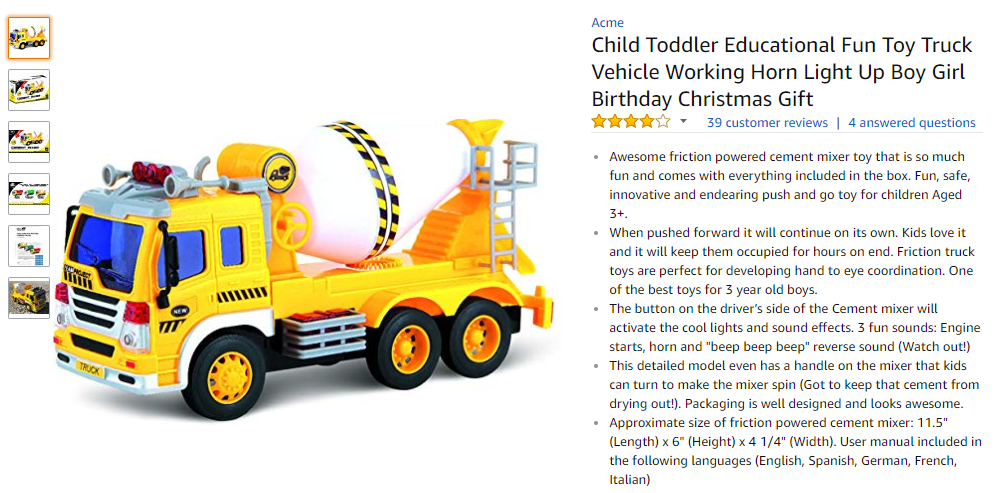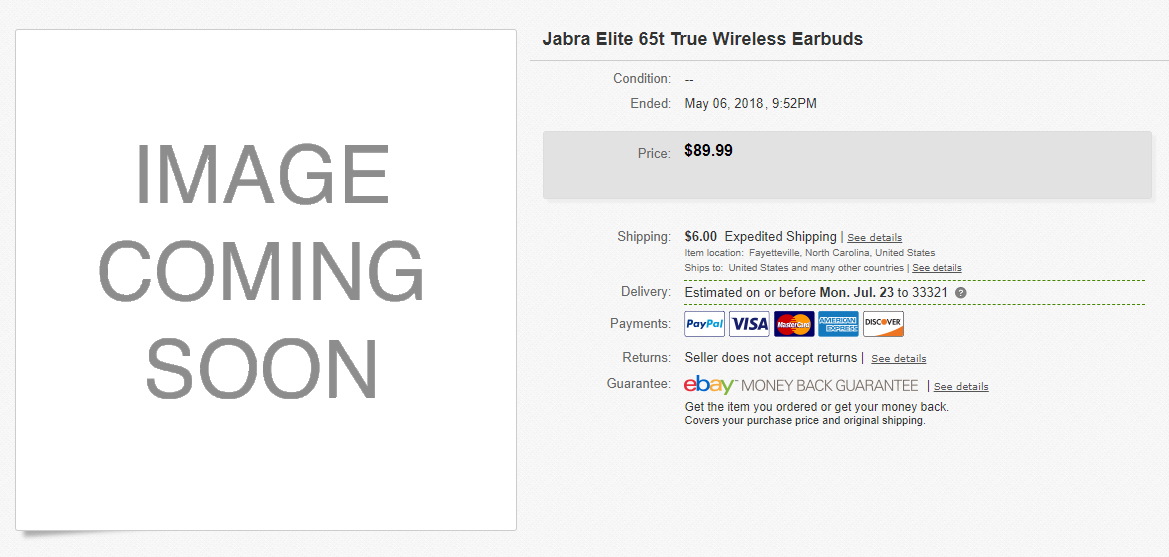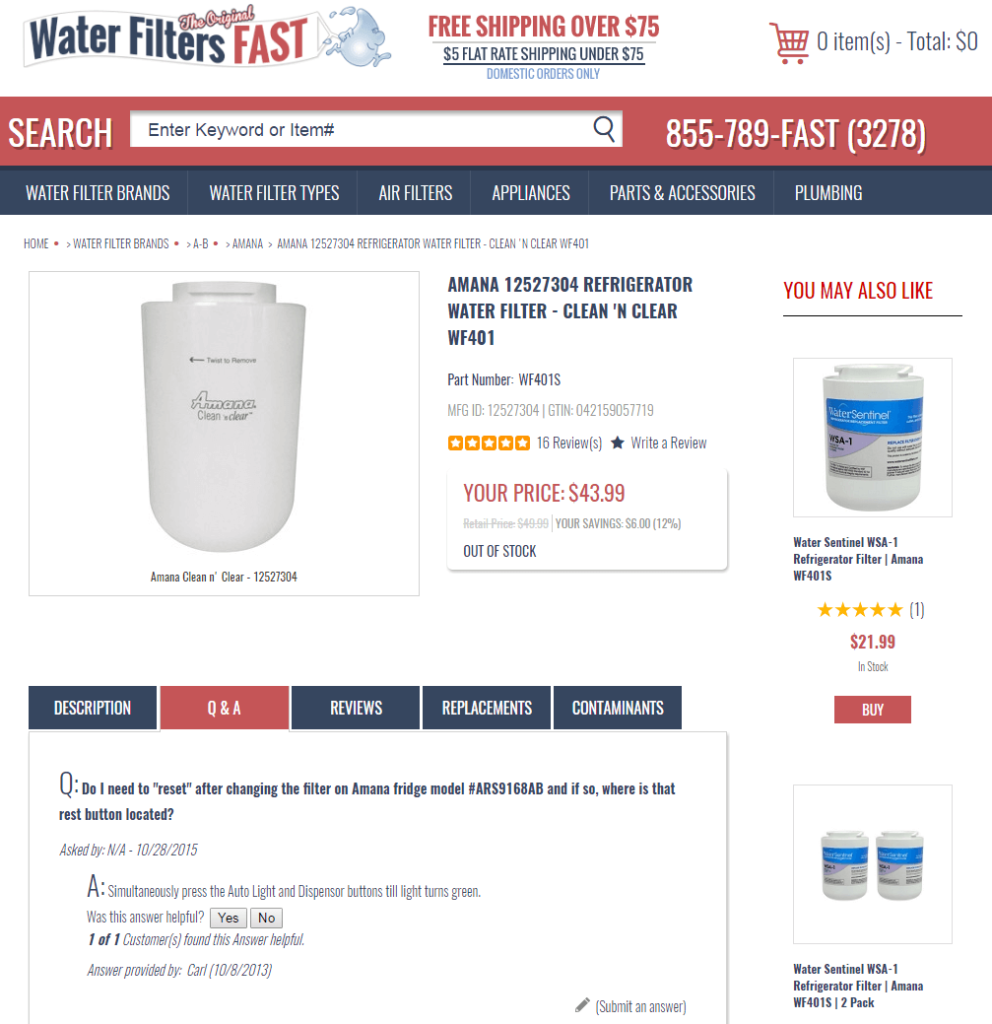Every industry has its examples of exceptional businesses that stand out from the competition. It’s the same online, with some sellers outperforming others due to better marketing efforts, better online stores, or an overall higher perceived value among customers.
If you want to start selling online, it’s in your best interest to learn what makes one business sell more than another. If you’re aware of these advantages, you can claim them for yourself and reach a higher level of success.
One big factor in eCommerce that can make a huge difference is the quality of your product pages. Product pages serve the valuable purpose of showcasing and explaining your products to potential customers and make up the bulk of your website, so it’s obvious how important they are. However, many eCommerce retailers are surprisingly neglectful of them, settling for weak information and messy formatting.
There are a few potential reasons for this. The online store owner might be new to selling online and not really understand how best to build a product page. Or, they might overestimate the knowledge their customers have, and leave out important details. Or maybe they’re basing their website off a competitor and inheriting their bad habits. No matter what the reason, the end result is the same: poor search ranking, lower sales, confused customers, and missed opportunity.
Here’s how to optimize your product pages from top to bottom.
Name Your Products Properly
Have you ever seen a product online with a confusingly long name? For example, a child’s toy truck listed as “Child Toddler Educational Fun Toy Truck Vehicle Working Horn Light-Up Boy Girl Birthday Christmas Gift.” Some sellers give products this type of name in an attempt to make them rank higher for more keywords, thus appearing in more search results.
But what it really accomplishes is to make the product look suspicious, like a scammy seller or possible counterfeit. It also has the side effect of making it harder for people looking for this exact product to find it under this bizarre name — it will be pushed to the bottom by others that match the real product name and brand more closely.
Do not stuff keywords into your product names. Instead, use the real name and brand, and include other specific helpful information like model number or manufacturer’s part number, if applicable.

Provide at Least One High-Quality Image
You’d be surprised how many online sellers don’t include even a single product photo. These sellers are likely working under the assumption that customers already know (or will guess) what the item looks like, meaning it doesn’t need an image. Or the seller might think for this particular product, looks don’t matter — such as for mechanical or computer parts, where function is what’s important and no one will actually see the product once it’s installed. Both are wrong.
It doesn’t matter what the product is. Customers will always want to see a photo. A product photo offers valuable assurance that the shopper is purchasing the correct item, and in many cases provides additional information that helps the customer make their decision. Regardless of the product or its intended purpose, always include at least one high-quality photograph.
For some types of products, multiple photos are necessary to show the item from different angles or states (like open and closed), and to allow customers to inspect small details. Another important consideration is that many people have a poor sense of scale, and rely on images to tell them the exact size of a product, so include photos of the item being held or used.
 Describe Your Products in Detail
Describe Your Products in Detail
Just like images, product descriptions are often neglected. Sellers may not realize that not every shopper has the same level of familiarity with their products as they do, but customers need thorough information to help them understand your products and compare them with others.
Include technical details, any industry-specific information, product measurements, and how its features can benefit the customer. Don’t just say a product is 10″ long by 8″ wide by 3″ deep and weighs 4 lbs., mention that it’s portable and easy to carry.
Always include all the information a customer would need to choose your product and use it effectively. Many eCommerce platforms provide different sections for you to include basic details, technical specifications, and a longer description, so it’s easy to keep all this product info organized and readable.
Don’t Copy and Paste Your Product Description
If you’re selling products manufactured by someone other than yourself, you likely have access to pre-written product information, whether it was supplied with your products at purchase or simply accessible on the manufacturer’s website. It might seem like an obvious solution to just copy the existing information and paste it onto your own online store.
But don’t!
Copied content is very harmful to your search engine rankings because Google recognizes it as non-original. Instead, rewrite the provided information to make it unique. Of course, you can’t get around certain parts of your product description (like measurements) being identical to its listing elsewhere, but as long as you provide a significant portion of original content, you’ll be fine.
Display Reviews and Customer Q&As On Product Pages
Customers are more likely to buy a product when it has visible reviews, complete with star ratings. Make sure you provide a place for product reviews left by previous buyers. A question and answer section, as seen on most Amazon listings, is also a good idea. Q&As provide interested customers with helpful information directly from you as the seller, and from other customers providing their experience.
 Conclusion
Conclusion
Better product pages sell more products, without a doubt. If this guide has shown you any weaknesses in your own product listings, jump on the task of improvement right away. Your customers and your bottom line will thank you.
ABOUT THE AUTHOR
Jimmy Rodriguez is COO of 3DCart, developer of an e-commerce suite for businesses of all sizes. Jimmy oversees daily operations and the overall strategic vision of the company using feedback from customers and merchants to improve the 3dcart platform.

